To clean a wooden dining table, use a soft cloth with mild soap and water. Always avoid harsh chemicals and abrasive scrubbers.
When it comes to maintaining the pristine condition of your wooden dining table, it’s crucial to engage in regular care practices that will uphold both its aesthetic appeal and functionality. The adversaries of wood finishes often manifest in the form of dust and spills.
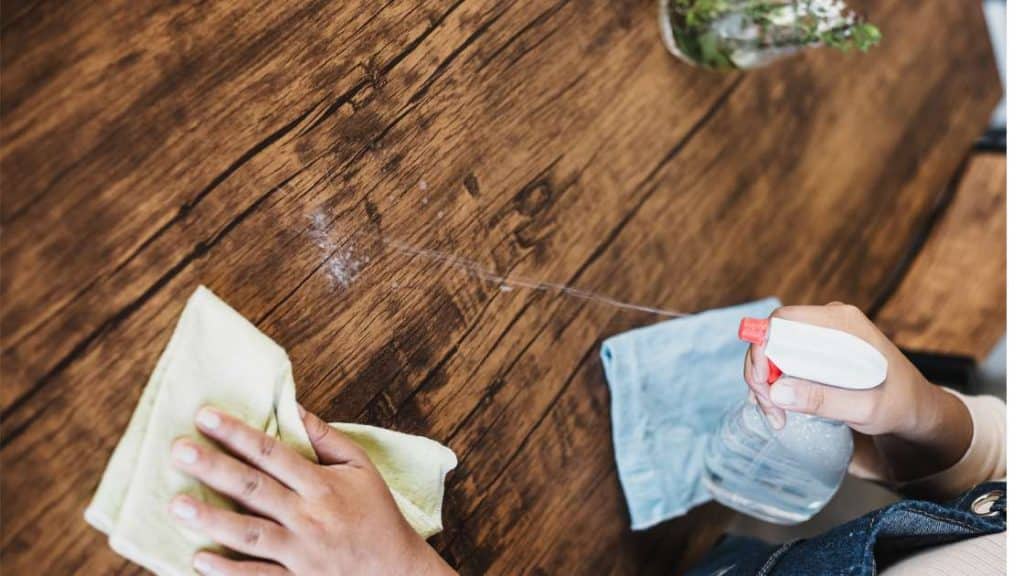
The pivotal factor in guaranteeing the prolonged life of your table lies in addressing these issues promptly and employing the appropriate cleaning methods.
What to Use to Clean Wooden Dining Table? The answer to this question plays a pivotal role in safeguarding the timeless beauty and utility of your cherished dining furniture.
Gentle cleaning agents and soft cloths can effectively remove debris without damaging the wood. It’s important to keep in mind that wood is sensitive to temperature and humidity; hence, using lukewarm water is preferable.
After cleaning, a quick buff with a dry cloth can help restore the lustrous finish. This simple yet effective method will keep your wooden dining table looking its best for years to come.
Introduction To Wooden Dining Table Care
Cherish the heart of your home with smart cleaning habits. A wooden dining table sets the stage for family meals and memories.
Think of it as an investment worth protecting. Regular upkeep ensures this centerpiece remains strong and beautiful for years. Research the best ways to keep your wooden table at its finest.
The Importance Of Proper Cleaning
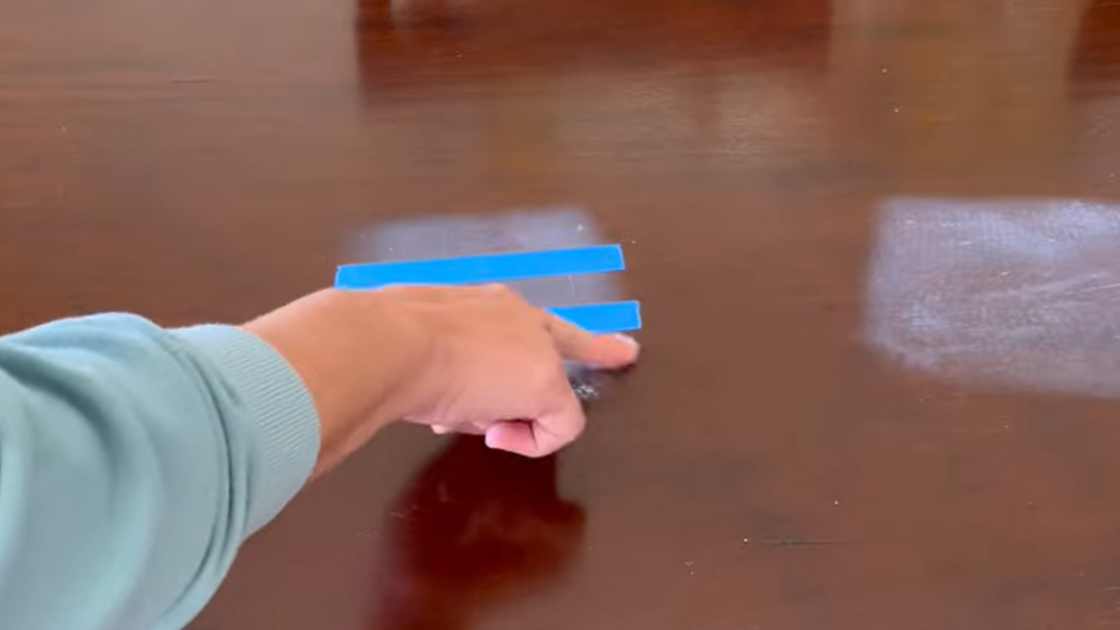
Why focus on correct cleaning? Simple: it extends your table’s life. Dirt and grime can damage wood over time.
By cleaning correctly, you prevent wear and protect your table’s natural beauty. Regular, gentle cleaning also means fewer needs for heavy-duty care.
Know Your Wood Table Coating
Your table’s finish demands particular attention. Is it varnished, oiled, or untreated? Each finish has its cleaning do’s and don’ts. Knowing this helps avoid damage. Matching the right products to your finish is key. Let’s pinpoint the exact ways to care for your unique table.
Daily Cleaning Techniques

Keeping a wooden dining table clean ensures its longevity and beauty. Daily maintenance doesn’t have to be a chore. With simple techniques, you can easily keep your table looking its best. Let’s research the most efficient daily cleaning practices.
Dusting: Tools And Tactics
Dust builds up daily and can scratch the table’s surface. To prevent this:
- Use a microfiber cloth. Its fine fibers gently trap and remove dust.
- Avoid feather dusters. They can spread dust around.
- When dusting, move gently in the direction of the wood grain.
- Do not forget the table legs and the underside of the table.
Wiping Down: Best Practices And Solutions
For day-to-day cleaning, wiping down your table is vital. Follow these practices:
- Use a damp cloth. Wipe down the table to remove any remaining dust or spills.
- Mild soap is your friend. Mix it with water if there are sticky spots.
- Rinse with a clean, damp cloth. Remove any soap residue.
- Always dry thoroughly. Use a fresh cloth to avoid watermarks.
- Avoid harsh cleaners. Chemicals can damage the wood.
Always use cleaners meant for wood. Natural solutions like vinegar or lemon are not always safe. They can hurt the finish of your wooden table.
Dealing With Spills And Stains
Welcome to our ‘Dealing with Spills and Stains’ guide for your cherished wooden dining table. Accidents happen, but knowing the right steps can preserve the beauty and longevity of your wood furniture. Let’s learn how to handle spills and stains well, so they’re not a problem!
Immediate Actions To Prevent Damage
Time is of the essence when it comes to spills on wood. The following actions should be taken immediately to minimize damage:
- Blot, don’t wipe: Use a clean cloth to gently dab the spill. Avoid wiping, as this can spread the liquid.
- Absorb excess liquid: If the spill is large, use a dry towel to soak up as much as possible.
- Use coasters: Always keep coasters handy to protect the table surface.
- Avoid harsh chemicals: Steer clear of all-purpose cleaners that can harm the finish.
Home Remedies For Common Stains
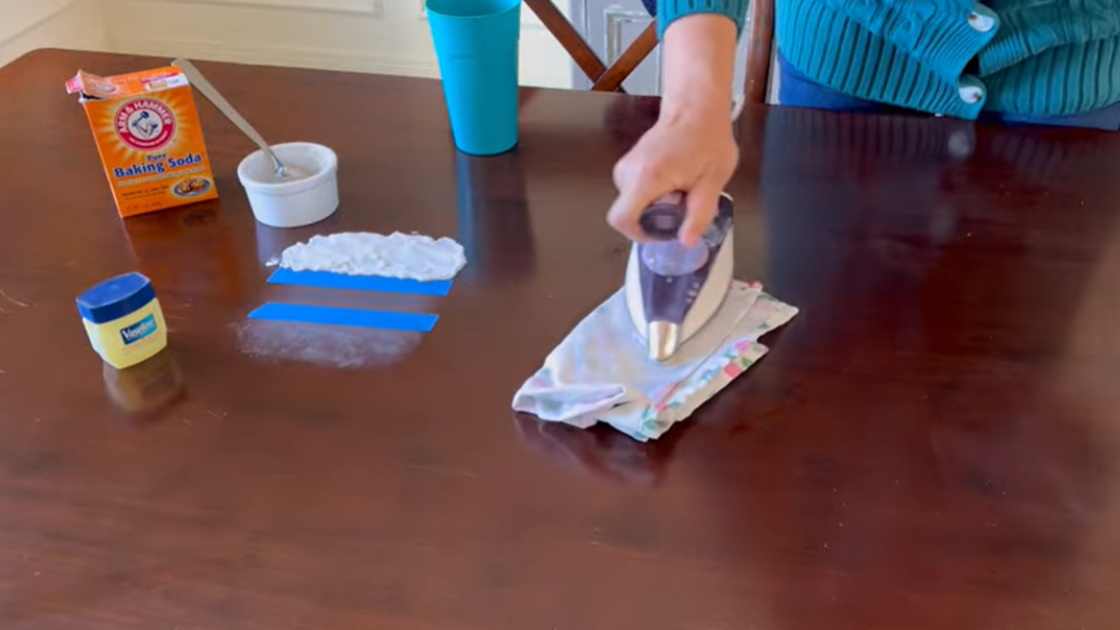
Natural solutions can be effective for tackling common stains on wood. Here are some handy tips for various types of stains:
| Type of Stain | Home Remedy |
|---|---|
| Water Rings | Apply toothpaste (non-gel) and baking soda, rub gently, then wipe off. |
| Food Stains | Make a paste of salt and water, rub lightly into the stain, then clean. |
| Ink Stains | Dab with a cotton swab soaked in rubbing alcohol, then blot dry. |
| Heat Marks | Lay a cloth over the area, and iron on low heat until the mark fades. |
Always test a small, inconspicuous area first to ensure the remedy doesn’t damage the table’s finish. Following these simple steps will help keep your wooden dining table spotless and inviting for years to come!
Choosing The Right Cleaning Products
Keeping a wooden dining table clean ensures its beauty and longevity. The right cleaning products are essential for maintaining its pristine condition. Probe cleaners for wood to find the best options for keeping surfaces shiny and protected.
Commercial Cleaners Vs. Natural Alternatives
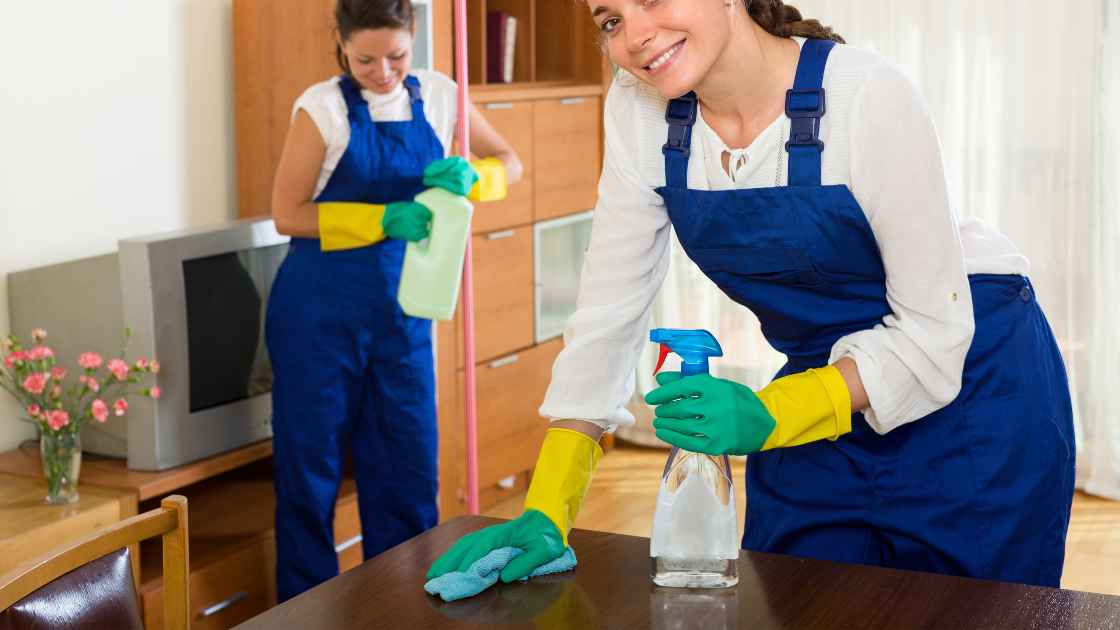
Choosing between commercial cleaners and natural alternatives boils down to preference and safety. Commercial options offer convenience, while natural alternatives provide gentle, eco-friendly cleaning. Consider these points:
- Commercial Cleaners: Pre-mixed, readily available, often with targeted formulas for wood.
- Natural Alternatives: Homemade solutions like diluted vinegar or lemon juice mixed with olive oil, which are safe and effective.
What To Avoid: Harmful Chemicals And Abrasives
Not all cleaners are suitable for a wooden dining table. Watch out for harmful chemicals and abrasives that can damage the wood’s surface. Steer clear of:
| Chemical | Reason to Avoid |
|---|---|
| Ammonia-based cleaners | They can strip the wood finish over time. |
| Bleach | It can discolor and weaken wood fibers. |
Also, avoid using abrasive scrubs or steel wool. They can create small scratches and dull the surface of your table. Stick to soft cloths and gentle sponges for the best care.
Deep Cleaning Processes
Deep Cleaning Processes ensure your wooden dining table remains in pristine condition. Over time, daily use leads to the build-up of grime and residue.
A thorough cleaning maintains its beauty and longevity. The right care transforms your table, making it look and feel new. Let’s Investigate the important things we need to do for this big change.
Preparing Your Table For A Deep Clean
Before starting, remove all items from the table. This includes placemats, centerpieces, and utensils.
Dust off the surface to clear loose dirt. Use a soft, dry cloth or a duster for this task.
Make a mild cleaning solution. Mix warm water with a few drops of dish soap.
Remember to protect your flooring. Lay down towels or a drop cloth under the table.
Step-by-step Guide To Deep Cleaning
Test the cleaner on a small area first to avoid damage.
Dip a soft cloth into the solution. Wring it out so it’s damp, not wet.
Gently wipe the wood in the direction of the grain. This will lift and remove deeper set dirt.
Use a toothbrush for hard-to-reach areas. Soft bristles clean without scratching.
Rinse with a clean, damp cloth. No soap should remain on the wood.
Dry immediately with a soft, dry towel. Avoid letting the table air dry.
Buff with a microfiber cloth for a shiny finish.
For extra protection, apply wood polish following the product’s instructions.
Regular maintenance combined with this deep cleaning process preserves your wooden dining table for years. By following these tips, your dining table will continue to be a centerpiece that sparkles at every meal.
Maintaining The Shine And Finish
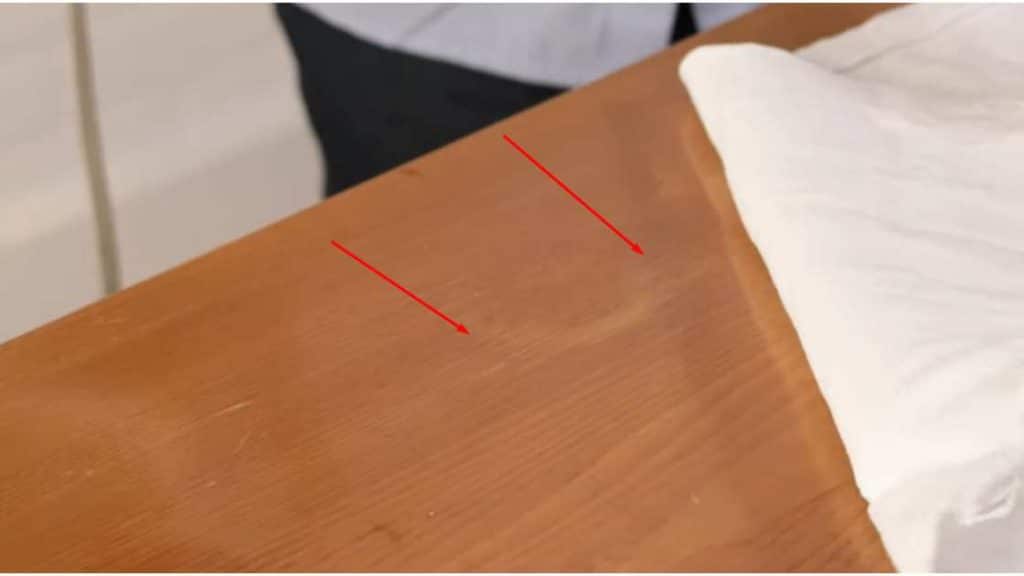
Maintaining the shine and finish of your wooden dining table translates to years of gleaming dinner parties and cherished family meals. The secret to every table’s rich luster lies in regular cleaning and the strategic use of polishes and waxes.
The Role Of Polishes And Waxes
Applying polish revives the wood’s natural beauty. It gives a fresh, clean aroma. Waxes, on the other hand, protect the wood. They add an extra layer of shiny armor. Together, these products keep tables gleaming and resistant to scratches and watermarks. Let’s examine quality options:
- Beeswax: Offers a natural, soft sheen.
- Carnauba wax: Provides a high-gloss finish.
- Silicone-based polishes: Easy to apply, leaving no residue.
Application Techniques For Long-lasting Protection
To keep your table shining, apply polish and wax correctly. By following these steps, you ensure long-lasting protection:
- Dust the table: Use a soft cloth to remove all dust.
- Apply polish: With a clean cloth, rub in circular motions.
- Let it rest: Give it time to penetrate the wood surfaces.
- Buff the table: Use a separate cloth to buff the surface.
- Apply wax: For an extra layer, spread wax after the polish.
- Allow to dry: Wait until the wax has set before use.
- Buff again: This gives the brilliant shine we all love.
Preservation Tips For Antique Wooden Tables
Antique wooden tables carry history and charm. They add elegance to any room. Caring for them requires knowledge and attention.
Proper cleaning and preservation maintain their beauty and value. Here are tips and tricks for keeping them in top-notch condition.
Knowing Old Wood Desires
Antique wood differs from newer wood. It has faced years of exposure. This means unique care needs. Below are factors to consider:
- Avoid direct sunlight – It can fade and warp the wood.
- Controlled humidity – Too much or too little affects the wood.
- Gentle cleaning products – Harsh chemicals can damage the finish.
Clean with a soft cloth and non-abrasive cleaner. Apply quality wax annually to protect the surface.
Special Considerations For Historical Pieces
Historical pieces need extra care. Follow these guidelines:
- Test cleaners in a hidden spot before full application.
- Document repairs – Keep records of any work done.
- Professional assessments – Consider expert opinions for complex issues.
Remember, each historical piece is unique. Customize care for its specific needs. Ensuring these treasures last for generations.
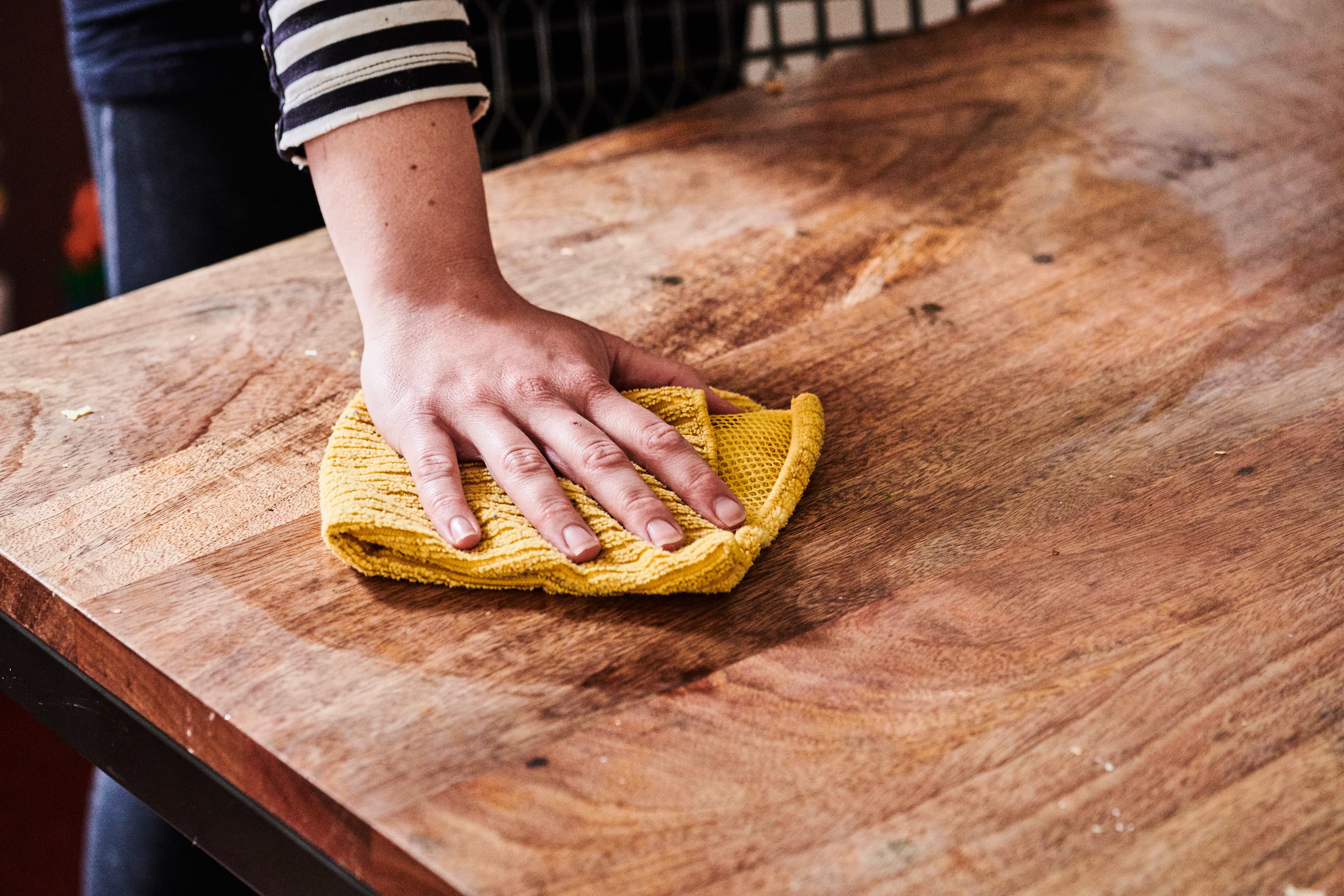
Repairing Scratches And Damage
Wooden dining tables can bring a warm, inviting ambiance to any meal. Over time, even the sturdiest tables might suffer from scratches and damage. No need to worry! With the right approach, those marks can often be made to disappear.
Diy Solutions For Minor Scratches
Small scratches don’t spell the end for your beautiful table. A few simple, household items can work wonders:
- Walnuts: Rub a walnut over the scratch to darken the wood naturally.
- Wood Markers: Find a marker that matches your table’s color and gently fill in the scratch.
- Oil and Vinegar: Mix equal parts to create a solution that can help minimize the appearance of scratches.
- DIY Paste: Combine olive oil and baking soda to form a thick paste, apply to the scratch, and polish.
Before applying these solutions, always test them in a small, inconspicuous area first. Apply with a soft cloth and follow by buffing the surface gently.
When To Call A Professional For Repairs
Sometimes, the damage extends beyond what DIY methods can fix. Here’s when a professional’s touch is needed:
- Deep scratches
- Chips in the wood
- Structural damage
- Complicated finishes
Serious damage requires expertise to ensure your table remains both beautiful and functional. Professionals use specialized tools and techniques that protect your investment long-term.
Do not hesitate to contact a trusted furniture repair specialist if your dining table requires more than a simple fix.
Seasonal Care And Adjustments
Seasonal Care and Adjustments are essential for maintaining the beauty and longevity of wooden dining tables. Each season presents unique challenges that require tailored cleaning and care strategies.
Learn to clean and shield your wood table from the weather to keep it nice always. Probe how to take care of your wooden dining table during different seasons.
Adapting Cleaning Methods To Seasonal Changes
Bold changes in temperature and humidity affect wood. Adapt cleaning routines to prevent damage and preserve the wood’s natural beauty.
- Spring: Wipe the table with a damp cloth to remove pollen and allergens. Use a mild cleaner to avoid wood swelling.
- Summer: Too much moisture can cause warping. Wipe spills immediately and keep the table away from direct sunlight.
- Fall: Prepare for drier air. Use a humidifier in your home to prevent wood from cracking.
- Winter: Wood can become brittle. Clean with a soft, dry cloth and avoid harsh chemicals that can strip natural oils.
Protective Measures For Extreme Climates
Extreme temperatures and humidity levels can harm wooden tables. Protect your investment with the right measures.
| Season | Protective Measures |
|---|---|
| Hot and Humid |
|
| Cold and Dry |
|
Treat your wooden dining table with care, and it will remain a beautiful, timeless centerpiece through all seasons.
Safety Measures For Dining Table Cleaning

Caring for a wooden dining table is important. It’s not just about shine but safety too. Kids and pets can touch or lick the surface. Choosing safe cleaners is key. Remember simple steps to protect everyone at home.
Child And Pet-friendly Cleaning Practices
Go natural with cleaning solutions for everyone’s safety. Here’s how:
Vinegar – Mix with water for a non-toxic wipe-down.
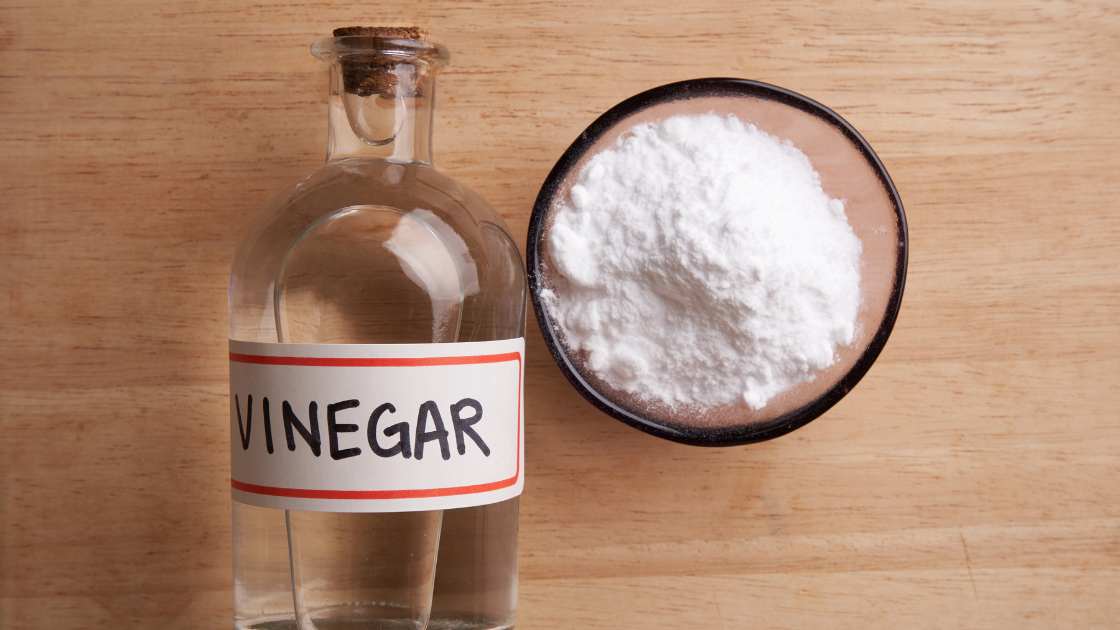
Baking soda – Tackle tough spots gently.
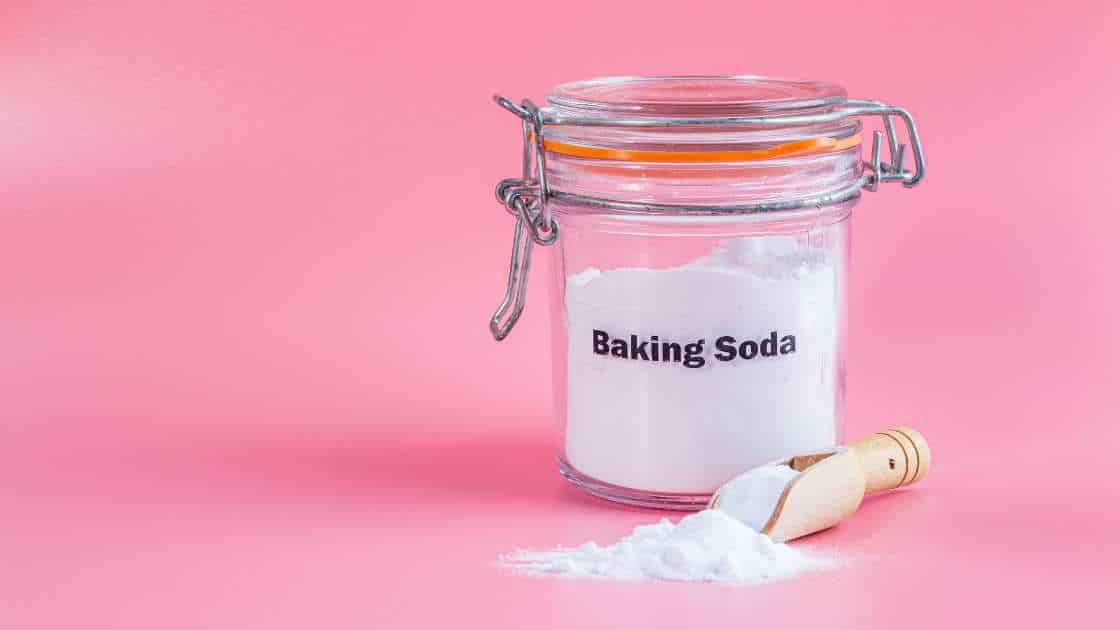
Use olive oil and lemon for a safe polish.
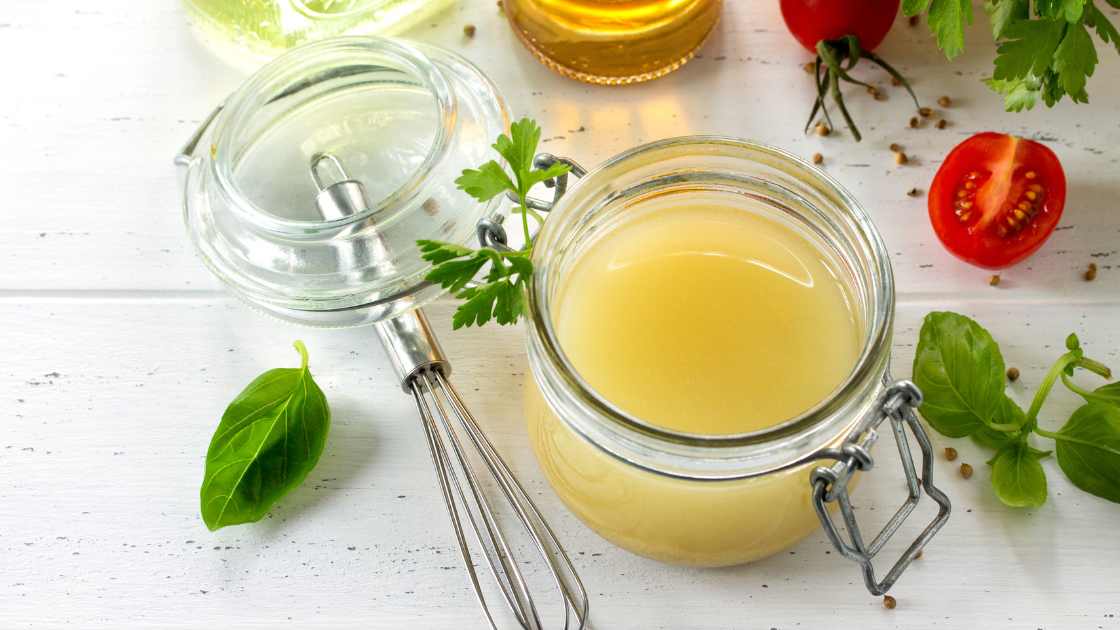
Keep commercial cleaners away. They can have harmful chemicals. Store all cleaning products out of reach. This is to avoid accidental ingestion by curious kids or pets.
Proper Ventilation And Handling Of Cleaning Products
Good airflow helps keep your cleaning safe. Open windows reduce fumes from cleaners. Even natural ones can irritate if not aired out. Always wear gloves when cleaning. This is to protect your skin. Here’s a simple guide:
| Product | Usage | Ventilation Needed |
|---|---|---|
| Vinegar solution | Basic cleaning | Moderate |
| Baking soda paste | Stain removal | Little to none |
Sustaining The Beauty Of Your Table
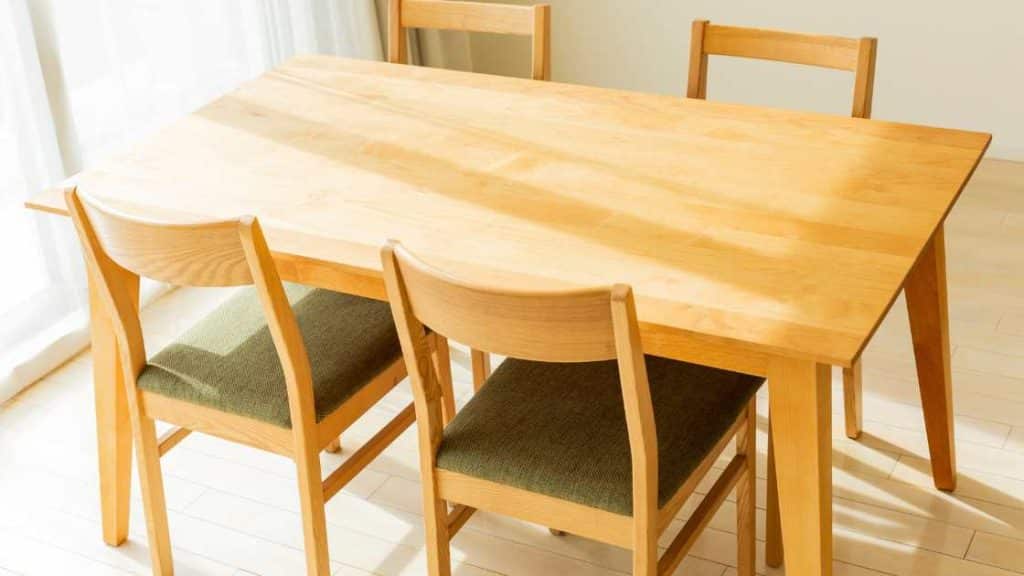
A wooden dining table is more than a piece of furniture. It’s a gathering spot for family meals, a place for children’s homework, and an anchor for your dining room’s style.
Taking care of this central piece ensures it remains a cherished part of your home. The effort you put into maintaining your wooden table pays off with lasting beauty and functionality.
Below are steps to help you preserve the appeal of your table year after year.
Regular Care Schedule
Maintaining a wooden table doesn’t need to be complicated. A simple routine can keep it looking great. Here’s what to include:
- Dust it weekly to avoid buildup.
- Clean spills right away to prevent stains.
- Use coasters for drinks and hot pads for hot dishes.
- Gently clean with soap and water, drying thoroughly.
- Polish monthly to retain shine and protection.
Reappraising The Value Of Well-maintained Wooden Furniture
Quality wooden furniture is an investment. When you take care of it, it grows in value. Well-maintained pieces can become heirlooms that you pass down through generations. The benefits include:
| Benefit | Description |
|---|---|
| Visual Appeal | A clean, polished table is always beautiful. |
| Longevity | Regular care extends the table’s life. |
| Cost-Efficiency | Preventing damage saves money on repairs. |
Careful maintenance not only retains but can increase your wooden dining table’s value and beauty. Love these habits and have a timeless dining centerpiece that has stayed strong over the years.
Frequently Asked Questions Of What To Use To Clean Wooden Dining Table
What’s The Best Cleaner For Wooden Dining Tables?
Regular cleaning of a wooden dining table can be accomplished with a mixture of warm water and mild dish soap. First, wipe the surface with a damp cloth to remove dust. Then, using a soft sponge and the soapy solution, gently scrub the table.
Always follow up with a clean, damp cloth to remove any soap residue and dry with a soft towel.
How Often Should I Polish My Wooden Table?
Polishing your wooden dining table is recommended every one to three months to protect the wood and maintain its shine. Regular use of furniture polish can also help to cover minor scratches and blemishes. Yet, avoid over-polishing as it can lead to a build-up that dulls the surface.
Can Vinegar Be Used To Clean Wood Tables?
Vinegar can be used but with caution. Dilute white vinegar with water (1 part vinegar to 20 parts water) for a gentle cleaning solution. Dampen a soft cloth with the solution, wring out excess liquid, and wipe the table. Immediately dry with a clean cloth to prevent moisture damage to the wood.
Are Natural Oils Good For Wood Table Care?
Natural oils like olive oil or coconut oil can nourish wooden tables and give them a healthy sheen. Mix them in a small amount with vinegar or lemon juice to clean and condition the wood. Apply sparingly with a soft cloth and buff until the table gleams.
Do not overuse it, as it can attract dust.
How do you clean a wood table naturally?
To clean a wood table naturally, mix equal parts of white vinegar and water in a bowl. Dampen a soft cloth with the solution and gently wipe the table surface, followed by a dry cloth to remove any excess moisture and restore its natural shine.
How do you clean and shine wood tables?
Mix water and vinegar, wipe tables with a damp cloth, then use a dry cloth for shine.
Conclusion
Maintaining the beauty of your wooden dining table doesn’t require complex methods. Simple, gentle cleaners and the right techniques work wonders. Armed with this knowledge, you can confidently tackle spills and stains while preserving your table’s charm. Remember, a clean table not only impresses guests but also extends the life of your cherished furniture.

